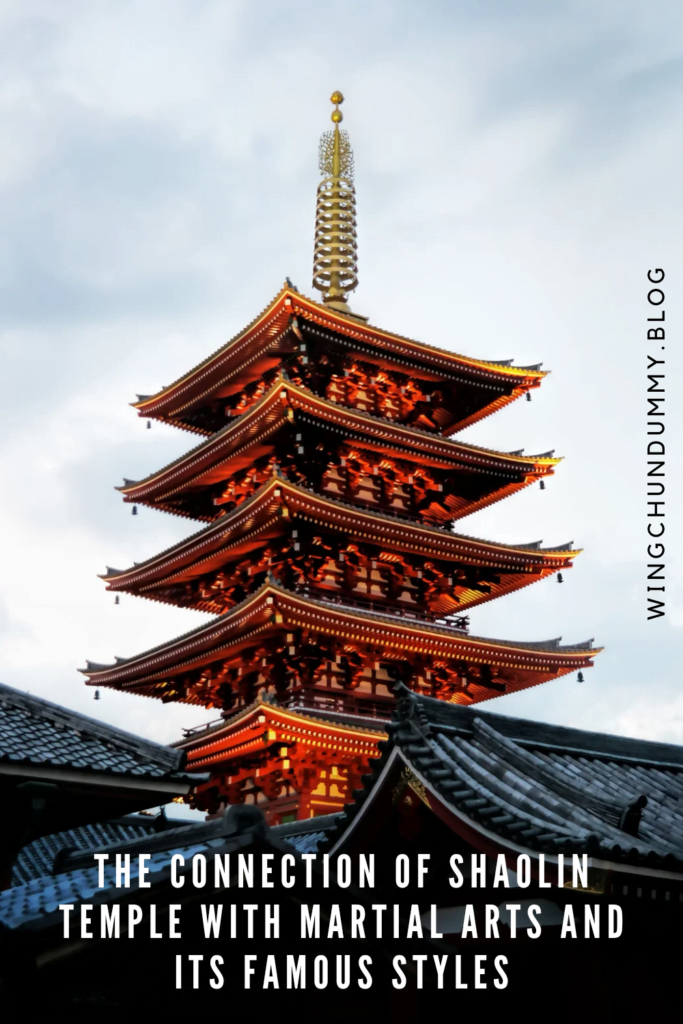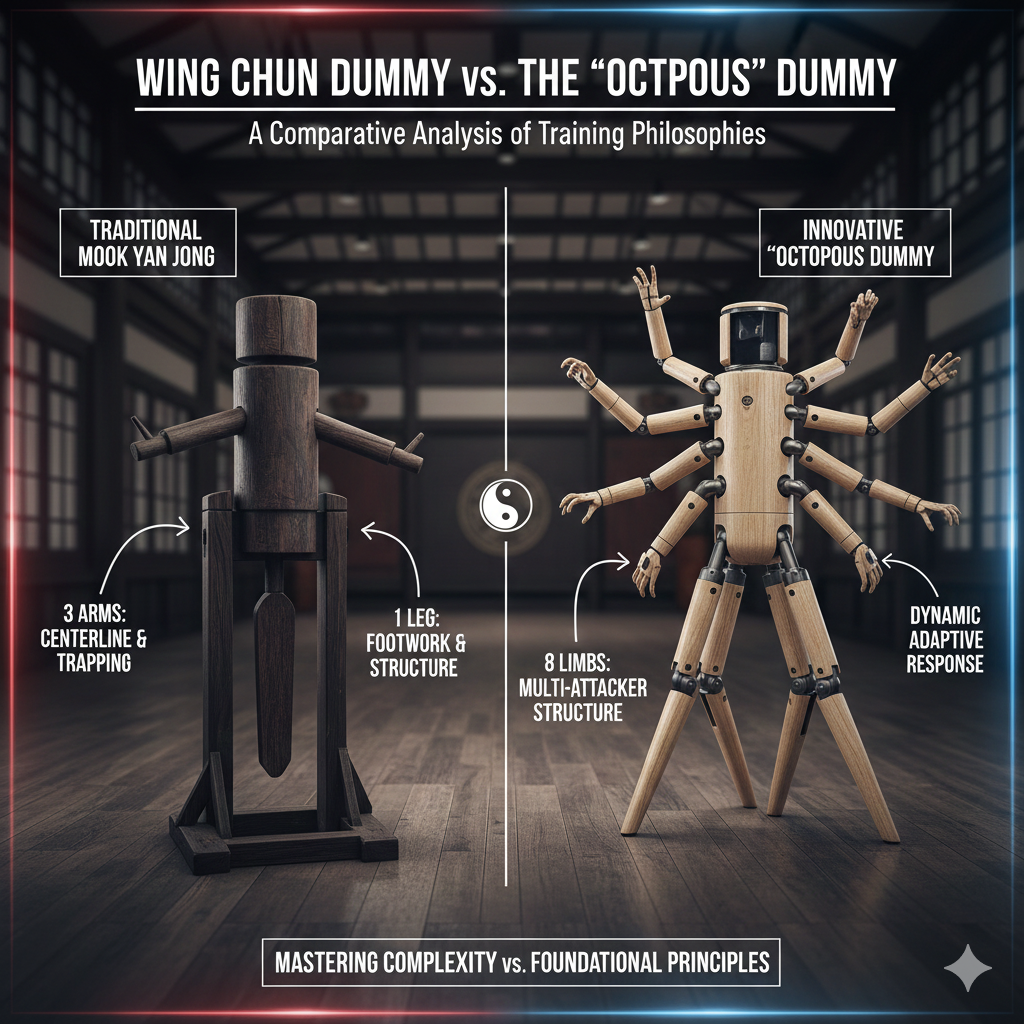Shaolin Temple with Martial Arts
The Shaolin Temple ((history)), nestled in the Songshan Mountain range of Henan Province, China, is a beacon of both historical and cultural significance.
Founded in the 5th century during the Northern Wei Dynasty, the temple has long been revered as a cradle of Chinese Zen Buddhism and martial arts.
Its establishment is attributed to the Indian monk Bodhidharma, who is said to have introduced Zen Buddhism to China and laid the foundation for the temple’s future growth and influence.
Throughout the centuries, the Shaolin Temple has stood as a symbol of spiritual enlightenment and physical discipline.
As a Buddhist monastery, it has been a sanctuary for monks seeking to attain spiritual clarity through meditation and ascetic practices.
The temple’s walls have echoed with the chants of sutras and the silent contemplations of countless monks who have walked its hallowed grounds.
The Shaolin Temple’s significance extends beyond its religious role; it has also played a pivotal part in Chinese history.
During various dynastic periods, the temple and its monks were involved in military.
and political affairs, often serving as warriors and advisors to emperors.
The temple’s association with martial arts began as a means to defend against bandits and invaders.
eventually evolving into a sophisticated system of combat techniques that have been passed down through generations.
Today, the Shaolin Temple is globally recognized not only as a spiritual haven but also as the birthplace of Shaolin Kung Fu, one of the most renowned martial arts styles.
Its rich heritage continues to attract practitioners and scholars from around the world.
eager to explore the depths of its teachings and the legacy of its martial prowess.
The Shaolin Temple remains a testament to the enduring connection between mind, body, and spirit, encapsulating the essence of Chinese culture and philosophy.
Historical Origins of Shaolin Kung Fu
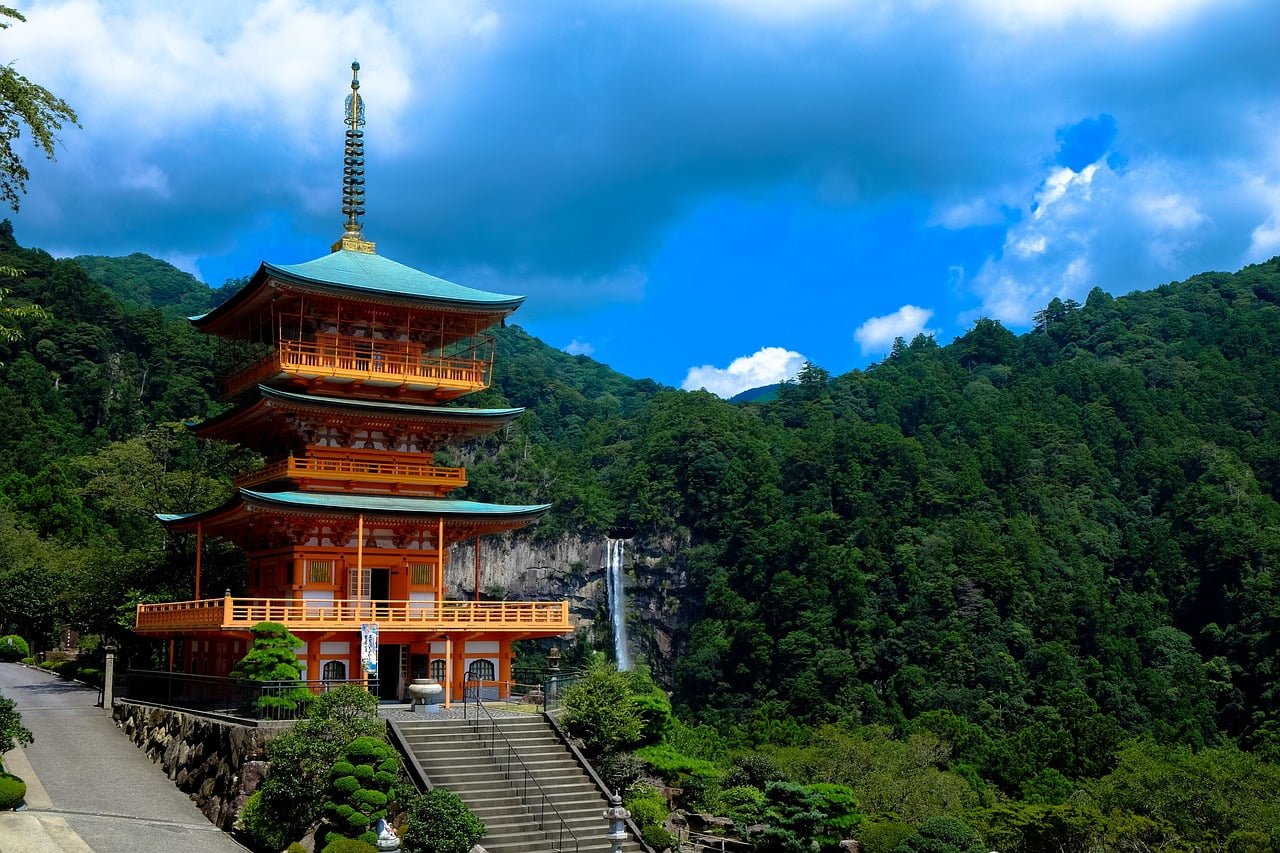
The historical origins of Shaolin Kung Fu are deeply intertwined with the legend of Bodhidharma, an Indian monk who traveled to China during the 5th or 6th century.
According to tradition, Bodhidharma arrived at the Shaolin Temple and found the monks physically weak and unable to endure the rigors of meditation.
Recognizing the need for enhanced physical conditioning, he introduced a series of exercises that would eventually evolve into a comprehensive system of martial arts training.
Bodhidharma’s influence marked the beginning of a unique blend of physical training and spiritual practice at the Shaolin Temple.
Martial arts became an integral part of the monks’ daily routine, serving not just as a method of self-defense but also as a means to improve overall health and mental discipline.
The rigorous practice of Shaolin Kung Fu helped the monks develop strength, flexibility, and resilience, essential qualities for both their spiritual and physical well-being.
The necessity of martial arts training at the Shaolin Temple extended beyond self-defense.
In ancient China, traveling monks often encountered bandits and wild animals, making martial skills essential for survival.
Moreover, the holistic nature of Shaolin Kung Fu, which includes breathing techniques, forms, and combat applications, contributed to the monks’ longevity and vitality.
The practice of these martial arts routines was believed to balance the body’s internal energies, promoting health and preventing disease.
Over the centuries, Shaolin Kung Fu evolved into a sophisticated martial arts system, encompassing various styles and techniques.
Its development was influenced by the monks’ continuous quest for self-improvement and their interactions with other martial artists.
Today, the legacy of Shaolin Kung Fu lives on, celebrated for its historical significance and its contributions to the world of martial arts.
Integration of Buddhism and Martial Arts
The Shaolin Temple stands as a unique confluence of spiritual and physical disciplines.
where the principles of Buddhism, particularly Chan (Zen) Buddhism, are seamlessly integrated into the practice of martial arts.
The Shaolin monks believe that martial arts are not solely about physical prowess but also about mental discipline and spiritual enlightenment.
This integration begins with the foundational teachings of Chan Buddhism, which emphasize meditation, mindfulness, and the quest for inner peace.
At the core of Shaolin martial arts is the practice of meditation, known as “zuo chan” or seated meditation.
This practice is essential for developing the mental clarity and focus required for martial arts.
Through meditation, practitioners cultivate a state of mindfulness that allows them to remain fully present in each moment.
This heightened awareness is crucial during combat situations, enabling monks to anticipate and respond to their opponents with precision and calmness.
The philosophical underpinnings of Chan Buddhism also play a significant role in guiding the martial practices at the Shaolin Temple.
The teachings of impermanence, non-attachment, and compassion are deeply ingrained in the training routines.
Monks are taught to view their martial skills not as tools for aggression but as means of self-defense and spiritual growth.
The emphasis on compassion ensures that these skills are used responsibly and ethically.
Moreover, the physical routines practiced by Shaolin monks, such as the famous Shaolin Kung Fu, are designed to harmonize the body and mind.
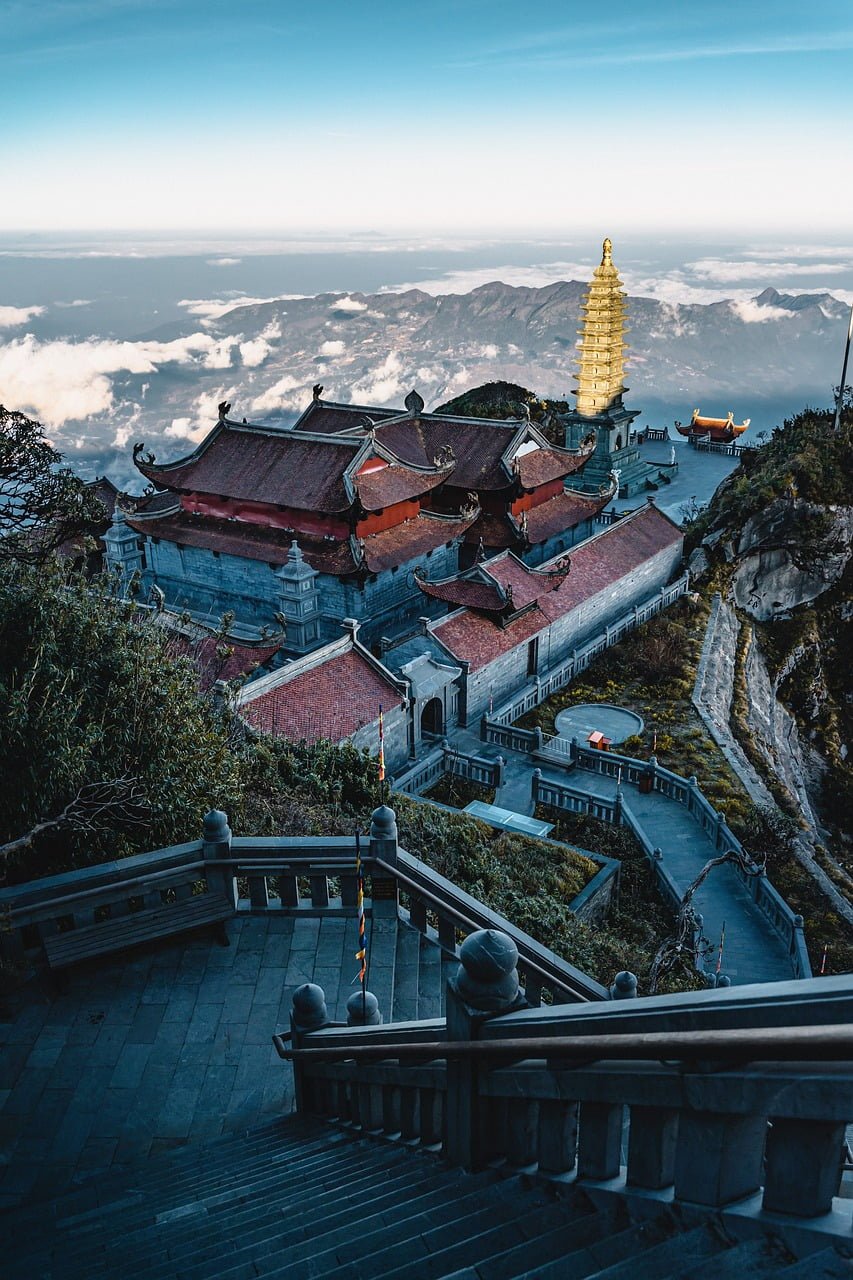
The rigorous training regimens, which include forms, drills, and sparring, are not just physical exercises but also meditative practices that help monks cultivate discipline, patience, and resilience.
The synchronization of breath with movement, a key aspect of these routines, further reinforces the connection between the physical and the spiritual.
In essence, the integration of Buddhism and martial arts at the Shaolin Temple creates a holistic practice that nurtures the body, mind, and spirit.
This unique synthesis is what sets Shaolin martial arts apart, making it not just a discipline of combat but a profound journey towards self-discovery and enlightenment.
Shaolin Training Methods and Techniques
The rigorous training regimen of Shaolin monks is legendary, characterized by daily routines that balance physical conditioning and mental discipline.
Every morning, monks begin with meditation to cultivate inner peace and focus, a crucial component for mastering martial arts.
Following meditation, they engage in physical exercises designed to build strength, flexibility, and endurance.
These exercises often include running, jumping, and various forms of body conditioning.
Basic techniques form the foundation of Shaolin martial arts.
Monks spend countless hours perfecting stances, as these are essential for balance and power generation.
Common stances include the horse stance, bow stance, and cat stance.
Mastery of these positions is vital, as they serve as the starting point for many complex movements.
Striking techniques, such as punches, kicks, and elbow strikes, are practiced repetitively to ensure precision and power.
Forms, or “katas,” are another critical element of Shaolin training.
These choreographed sequences of movements simulate combat scenarios and help monks internalize techniques.
Each form has its own unique rhythm and flow, teaching practitioners how to transition smoothly between offensive and defensive maneuvers.
Through diligent practice, monks develop muscle memory, allowing them to execute techniques instinctively.
Advanced practices like qigong play a significant role in Shaolin training.
Qigong involves controlled breathing, meditation, and specific movements to cultivate and harness “qi,” or life energy.
This practice not only enhances physical strength and flexibility but also promotes mental clarity and emotional stability.
Weapon training is another advanced aspect, with monks learning to wield traditional weapons such as the staff, sword, and spear.
This training requires a high level of coordination and concentration, further enhancing their martial skills.
Overall, the training methods and techniques of Shaolin monks are designed to develop a harmonious balance between the body and mind.
This holistic approach ensures that practitioners are not only formidable fighters but also disciplined individuals with a deep sense of inner peace and resilience.
Famous Shaolin Martial Arts Styles
The Shaolin Temple, renowned for its deep-rooted connection with martial arts, is the birthplace of several iconic martial arts styles.
Among these, Shaolin Kung Fu stands as the most notable and broadly recognized.
Shaolin Kung Fu is characterized by its rigorous training, swift movements, and a combination of both physical and mental disciplines.
It encompasses a wide variety of techniques, including strikes, kicks, throws, and joint locks, each designed to maximize efficiency and power.
Another prominent style associated with the Shaolin Temple is Wing Chun.
Wing Chun is distinguished by its close-range combat techniques and emphasis on direct, linear movements.
It focuses on rapid punches and tight defense, making it highly effective in real-world self-defense scenarios.
The style’s simplicity and economy of motion allow practitioners to deliver powerful and precise attacks with minimal effort.
The Five Animals style, a cornerstone of Shaolin martial arts, embodies the essence of different animals through specific movements and strategies.
The Tiger style emphasizes strength and ferocity, with powerful strikes and aggressive stances.
The Crane style, in contrast, focuses on balance and precision.
utilizing graceful, fluid movements to evade attacks and counter with pinpoint accuracy.
The Leopard style is known for its speed and agility, incorporating fast, explosive strikes and swift footwork.
The Snake style highlights flexibility and accuracy, using coiled, serpentine motions to strike vital points.
Lastly, the Dragon style combines elements of both internal.
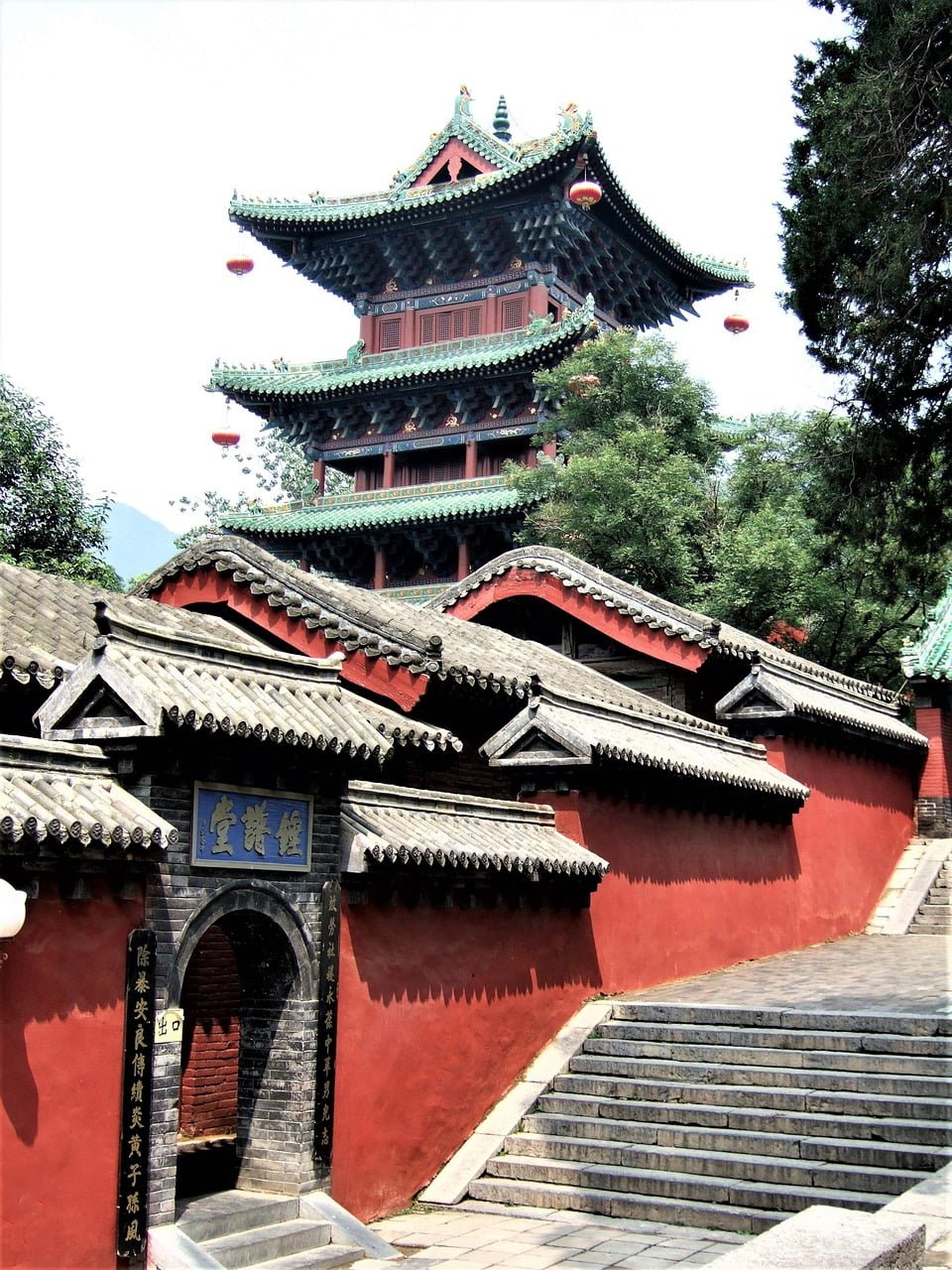
and external training, focusing on fluid, circular movements and the cultivation of inner strength.
Each of these styles reflects the adaptability and ingenuity of Shaolin martial arts.
Whether through the brute force of the Tiger.
the elegance of the Crane, the nimbleness of the 🐆 leaopard 🐆🐆.
the precision of the Snake, or the holistic approach of the Dragon 🐲🐉🐲🐉.
practitioners are equipped with a diverse set of skills and techniques.
These styles not only serve as effective combat systems.
but also as means of fostering discipline, mental fortitude.
and a deeper connection between mind and body.
Shaolin in Popular Culture
The Shaolin Temple and its martial arts have long captured the imagination of popular culture.
This fascination is evident in various forms of media.
including movies, television, and literature.
Perhaps one of the most influential films is ‘Shaolin Temple’ starring Jet Li.
which introduced audiences worldwide to the rich history and impressive skills of Shaolin monks.
The film not only showcased the physical prowess of the martial artists but also highlighted.
the philosophical and spiritual aspects of Shaolin training.
In addition to ‘Shaolin Temple’, numerous other movies have drawn inspiration from Shaolin martial arts.
Classics such as ‘Enter the Dragon’ featuring Bruce Lee and ’36th Chamber of Shaolin’ starring Gordon Liu have cemented the temple’s reputation as a cradle of martial arts excellence.
These films have played a significant role in shaping the global perception of Shaolin.
presenting it as a symbol of discipline, strength, and spiritual enlightenment.
Television has also played a crucial role in popularizing Shaolin martial arts.
Series like ‘Kung Fu’ starring David Carradine brought the philosophy.
and techniques of Shaolin to Western audiences, sparking an interest that continues to this day.
The character of Kwai Chang Caine, a Shaolin monk navigating the American Wild West.
became an iconic figure, embodying the principles of peace, justice, and moral integrity taught at the Shaolin Temple.
Literature has not been left behind in celebrating Shaolin’s legacy.
Many books and graphic novels delve into the history, techniques.
and philosophy of Shaolin martial arts.
These works often explore the deeper, more esoteric aspects of Shaolin training.
providing readers with a comprehensive understanding of its multifaceted nature.
Overall, the portrayal of Shaolin martial arts in popular culture has significantly influenced global perceptions.
By highlighting the temple’s unique blend of physical and spiritual training.
these media representations have not only entertained
but also educated audiences about the enduring legacy of Shaolin.
Modern-Day Shaolin Temple and Global Influence
The Shaolin Temple, a historic epicenter of martial arts, continues to hold profound contemporary relevance.
In modern times, the temple has adeptly adapted to evolving circumstances while preserving its rich traditions.
The Shaolin Temple is no longer just a secluded site of spiritual and martial training.
it has become a dynamic institution that bridges ancient practices with global outreach.
One significant aspect of the temple’s modern adaptation is its role in promoting Chinese culture worldwide.
Through various international tours, performances, and demonstrations,
Shaolin monks have showcased the profound depth of Shaolin martial arts, drawing immense global interest.
These events not only highlight the physical prowess.
and discipline of Shaolin Kung Fu but also offer insights into the spiritual and philosophical underpinnings that define the Shaolin tradition.
Additionally, the establishment of Shaolin schools across the globe has significantly contributed to the temple’s international influence.
These schools, operating under the guidance of certified Shaolin monks.
provide rigorous training in traditional martial arts.
while emphasizing the importance of mental and spiritual development.
By doing so, they offer individuals from diverse backgrounds.
the opportunity to engage with and appreciate the essence of Shaolin teachings.
The modern-day Shaolin Temple also utilizes digital platforms to reach a broader audience.
Through online classes, virtual tours, and multimedia content.
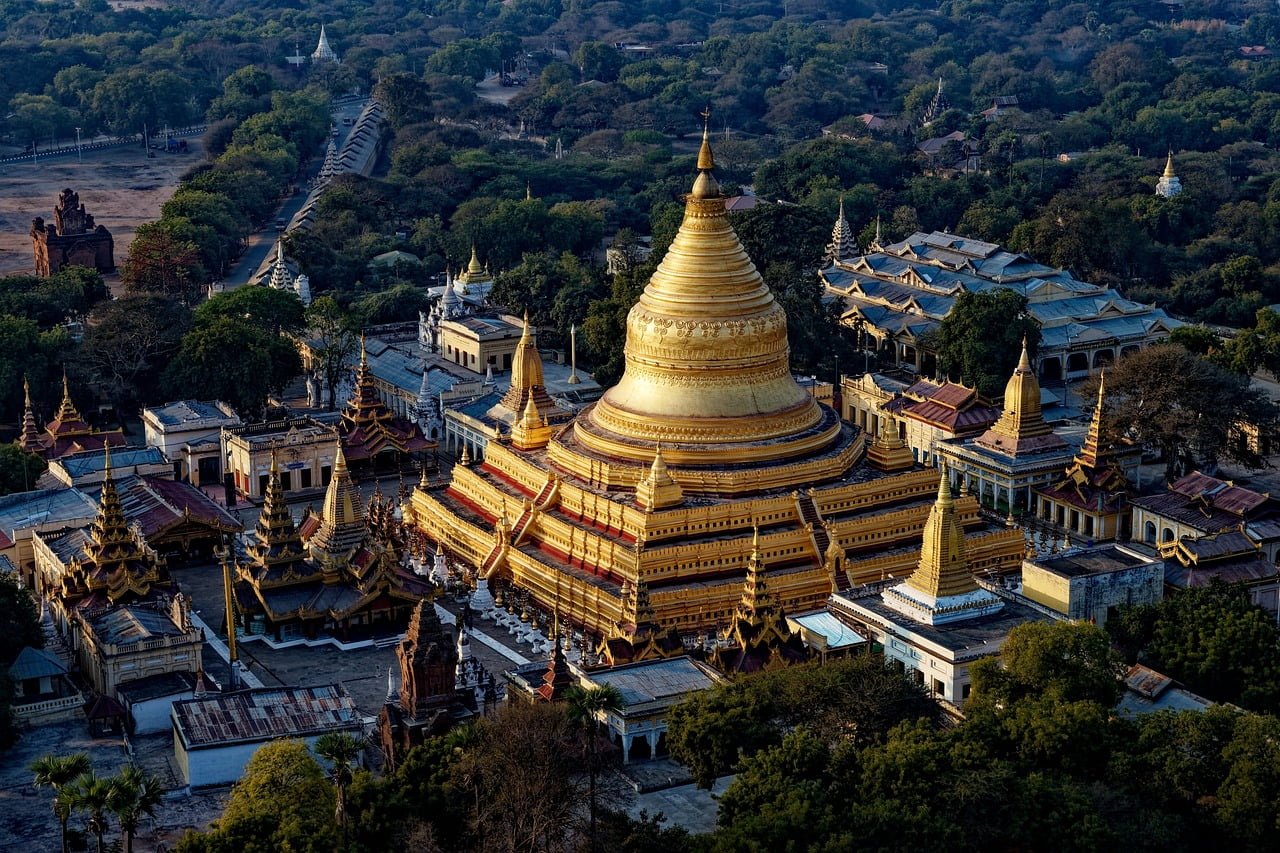
the temple has made its teachings more accessible to people worldwide.
This digital presence ensures that the principles of Shaolin martial arts and its cultural significance continue to resonate with contemporary society.
In essence, the Shaolin Temple’s ability to adapt l.
and thrive in modern times underscores its enduring legacy and global influence.
By seamlessly integrating traditional practices with modern outreach.
the temple continues to foster a deeper understanding and appreciation of Chinese culture.
ensuring that the ancient wisdom of Shaolin martial arts remains vibrant and relevant in today’s world.
Conclusion: The Legacy of Shaolin Martial Arts
The Shaolin Temple, with its profound connection to martial arts.
stands as a testament to the enduring legacy of spiritual and physical discipline.
Over centuries, the temple has evolved from a secluded sanctuary for Buddhist monks into a global symbol of martial prowess and philosophical depth.
The teachings of Shaolin martial arts, which seamlessly blend rigorous physical training with mindfulness and ethical conduct, have left an indelible mark on countless martial arts styles worldwide.
The cultural impact of Shaolin martial arts extends far beyond the boundaries of the temple.
As practitioners carried the teachings across continents.
the principles of Shaolin Kung Fu have been embraced and adapted into various forms, resonating with diverse cultures and societies.
This widespread dissemination has not only highlighted the versatility of Shaolin techniques.
but also underscored their universal appeal and adaptability.
Moreover, the Shaolin Temple continues to be a beacon of spiritual and physical discipline in the modern world.
In an era where rapid technological advancements often overshadow traditional practices.
the principles of Shaolin martial arts offer a counterbalance.
They remind us of the importance of holistic well-being.

incorporating physical fitness, mental clarity, and ethical living.
As a result, Shaolin martial arts remain relevant.
attracting new generations of practitioners who seek to cultivate both body and mind.
The legacy of Shaolin martial arts is, therefore, a rich tapestry woven from historical significance.
cultural integration, and timeless wisdom.
It stands as a symbol of resilience, adaptability.
and the enduring quest for harmony between the physical and spiritual realms.
The teachings of the Shaolin Temple will undoubtedly continue to inspire and shape the world of martial arts for generations to come.

